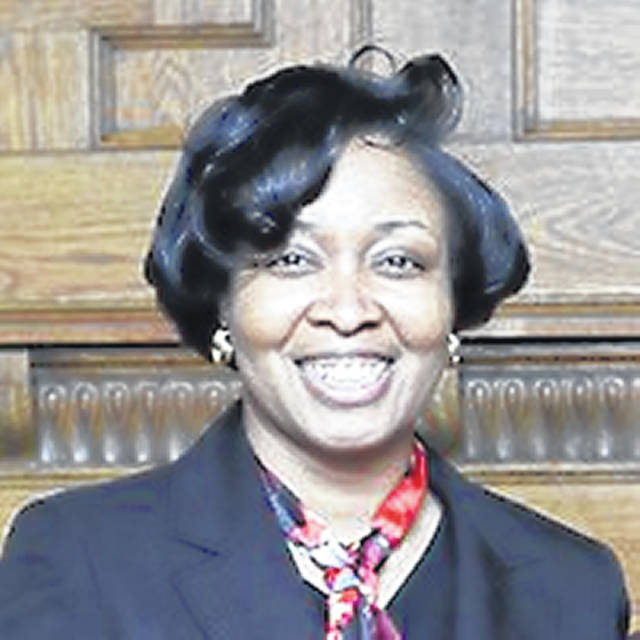This week, my associate dean at Ohio State University’s Lima campus sent the faculty a reprint of an earlier Chronicle of Higher Education story on students’ demands for flexibility post-COVID. For those of us who missed the original article in February, it was an interesting and informative read. Chronicle senior writer Beckie Supiano focused on the challenges and frustrations of both students and professors as universities strive to offer a “normal college education” three years removed from the pandemic. She effectively summarized our current state: “Everyone keeps telling professors to ‘meet students where they are’ — even if it takes more time and effort. But where are they, exactly? Covid has shaped students’ lives, but not all in the same way.”
The way that the pandemic has impacted students’ lives is something that educators are going to be dealing with for a long time. First-graders who experienced this abrupt interruption to their beginning year of school will enter college in 2032. Most students in my English composition courses this year were high school freshmen when COVID sent us into an unnerving shutdown. As I mentioned in an October column, their first essay focused on Gen Z and education, and one of my topic suggestions for their papers was to research the findings in the McKinsey & Company’s 2021 report titled “COVID-19 and education: The lingering effects of unfinished learning.” Many who chose to examine this report that discussed the negative effects of Zoom courses for K-12 students included their personal experiences of struggling to engage in class behind a screen.
Reading their reflections of aggravation and anxiousness in not being able to reach their teachers for help with assignments provided me with more understanding of the difficulties they faced during COVID. I was genuinely moved that my students felt comfortable being candid with me as some explained how they completely lost motivation for school and how they could not keep up with the constant posting of online deadlines. In addition to school, others faced more serious setbacks to their mental and physical health, and some endured financial hardship if a parent got sick and had to stay home from work. I believe that writing about how the pandemic altered their lives was therapeutic for my students, especially since many of them overcame some very tough situations.
While Supiano’s article addressed how students’ pandemic challenges have caused them to expect “endless flexibility” regarding their schoolwork, she also included the viewpoint that the welfare of professors was “neglected.” I am fortunate that this was not the case for me in that not only did school administrators check up on me during the shutdown but so did some of my students. After we were sent home in March of 2020, I remember two students emailed me and asked how I was doing. When I informed them that I would be in Georgia for an extended period due to the deaths of two immediate family members, one compassionately responded, “Ms. Johnson, I pray it gets better.” I had also been sending notes of encouragement to my classes.
A student sent a message of gratitude to one of my colleagues, expressing how she felt it was “a blessing” having me as a teacher during “this scary time” and that the “student-professor relationship” at OSU Lima is “truly something special.” I saved this note as a reminder of God’s grace and covering during the unknowns all of us were facing.
I view students’ expectations of continued flexibility as an ongoing aftereffect of COVID. From what I have observed since 2020, many students have been able to get back to a semblance of normalcy while others are still coping with persistent family, employment and emotional circumstances. I have had more students request extensions regarding family situations this semester, and I have been able to work with them, knowing that these accommodations will require additional time to grade assignments. This is the new normal for educators, and we are going to have to, as Supiano stressed, provide “flexibility and structure.” My students’ firsthand accounts of their COVID experiences have provided me with a better approach of how to meet them “where they are” since I now know where many of them have been. And as I will never forget the kindness my 2020 students extended to me, I will also continue to pray that things “get better.”
Dr. Jessica A. Johnson is a lecturer in the English department at The Ohio State University-Lima. Reach her at [email protected] or on Twitter @JjSmojc. Her opinion does not necessarily represent the views of The Lima News or its owner, AIM Media.







